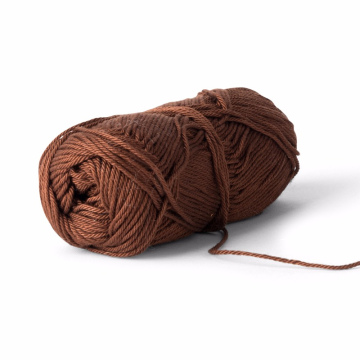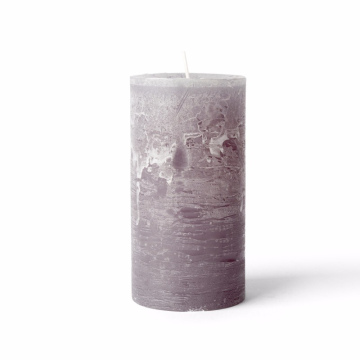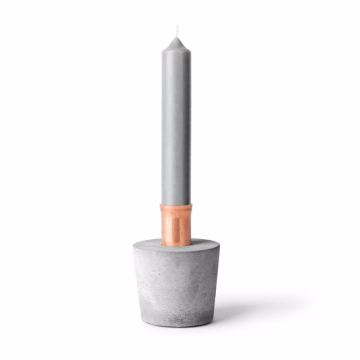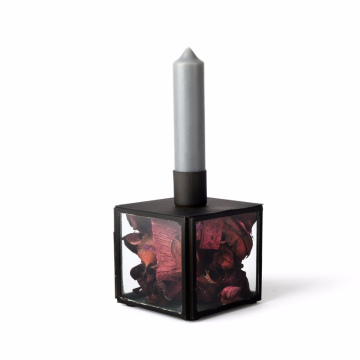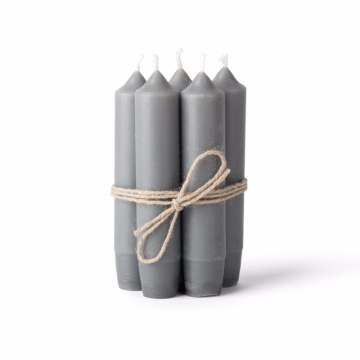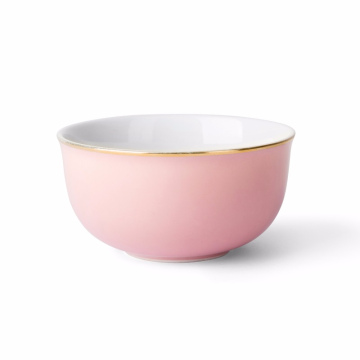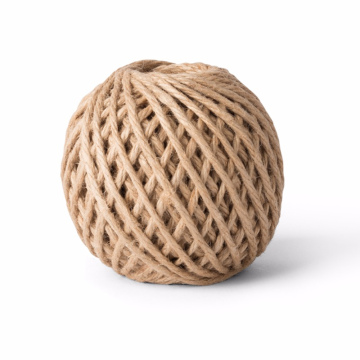The Origins of Karaage: A Culinary Tradition
Karaage, a quintessential Japanese dish, traces its origins back to culinary practices that date as far as the Heian period (794-1185). At this time, the influence of Chinese cooking began to weave into Japanese gastronomy, leading to the introduction of various cooking techniques, including deep-frying. However, it was in the early 20th century that karaage, as we know it today, began to emerge. This transformation was partly driven by the need for quick, flavorful meals that could be enjoyed by busy families and workers.
Traditionally, karaage involves marinating bite-sized pieces of chicken in a mixture of soy sauce, sake, and ginger, before being coated in a light dusting of flour or potato starch. This cooking method not only preserves the integrity and moisture of the chicken but also enhances its flavor profile. The choice of marinades and cooking techniques used in karaage preparation hold significant cultural roots; they reflect the Japanese philosophy of emphasizing natural flavors rather than masking them. The aim is to achieve a harmonious balance between the savory taste of the chicken and the nuanced ingredients used in the marinade.
As this dish gained popularity, regional variations began to emerge across Japan. For instance, in Okinawa, the locals might incorporate local spices and techniques that reflect their unique cultural heritage, while in Hokkaido, an emphasis on freshness might lead to the use of exceptionally high-quality poultry. These adaptations illustrate how karaage has transcended its humble beginnings, evolving into a multifaceted dish that resonates with diverse culinary practices and local preferences. By appreciating the origins of karaage, one can gain insight into not only a delicious meal but also the rich tapestry of Japanese culinary traditions.
Savoring Karaage: A Culinary Journey Through Japan
Discover the rich history and culinary techniques behind Karaage, the iconic Japanese fried chicken. Tracing its origins from the Heian period to modern trends, this article explores traditional preparations, regional variations, and innovative adaptations that have made Karaage a beloved dish both in Japan and worldwide. Learn how to master the art of making Karaage with essential ingredients and frying techniques, and gain insights into how global influences and social media are shaping its future in modern cuisine.
The Delicious World of Dorayaki: A Japanese Treat
Introduction
Japan is renowned for its rich culinary tradition, filled with both savory and sweet delights. One of the most beloved Japanese confections is Dorayaki, a delightful and nostalgic treat enjoyed by people of all ages. This simple yet scrumptious dessert holds a special place in Japanese culture, not only because of its taste but also because of its connection to childhood memories and popular culture. But what exactly is Dorayaki, and how did it become such an iconic part of Japan’s culinary heritage? In this article, we will dive deep into the history, ingredients, preparation, and cultural significance of Dorayaki, making it clear why it remains a beloved snack both in Japan and around the world.
What is Dorayaki?
At first glance, Dorayaki may seem like just another type of pancake, but its unique texture and sweet filling set it apart. It consists of two fluffy, golden-brown sponge cakes, which are typically filled with anko, a sweet red bean paste made from azuki beans and sugar. The cake is round and slightly thick, giving it a soft, pillowy texture. The combination of the smooth anko and the delicate cake creates a perfect balance of sweetness and texture, making it a perfect snack for any time of day.
The Origin of Dorayaki
The name Dorayaki comes from the word “dora,” which means gong in Japanese, and “yaki,” which means grilled or baked. The origin story of Dorayaki traces back to the Edo period (1603-1868). It is said that the dessert was first created by a confectioner who wanted to make a treat that resembled the shape of a gong, which was a popular instrument at the time. The confectioner’s shop used the gong to signal the opening of their shop, and eventually, the sweet became known as Dorayaki due to its round shape that resembled the gong.
The most popular theory is that Dorayaki was invented in Tokyo, where it gained rapid popularity. Over time, Dorayaki became a favorite treat in Japanese households, and its fame spread across the country, making it one of the most famous and easily recognizable desserts in Japan.
The Ingredients of Dorayaki
Despite its simple appearance, Dorayaki requires a careful balance of ingredients to achieve its signature texture and taste. The main components of Dorayaki are:
- Flour: The base of the cake is made from all-purpose flour, which gives the sponge its soft and fluffy texture.
- Eggs: Eggs are used to help the batter rise and create a smooth texture. They also contribute to the golden color of the cake.
- Sugar: Both the cake and the anko filling contain sugar, which imparts the characteristic sweetness that makes Dorayaki so irresistible.
- Honey: Honey is often added to the batter to enhance the flavor and create a moist, tender sponge cake.
- Anko (Sweet Red Bean Paste): The filling of Dorayaki is made from anko, a paste made from azuki beans and sugar. Anko can be smooth or chunky, but the smooth variety is the most commonly used for Dorayaki.
- Baking Powder: This ingredient helps the batter rise and gives the cakes their light and airy texture.
These simple ingredients come together to create the perfect balance of sweetness, moisture, and texture in every bite.
How is Dorayaki Made?
The process of making Dorayaki is relatively straightforward, but it does require some care and attention to detail to achieve the perfect result. Here’s a step-by-step guide to making this delicious Japanese treat:
1. Prepare the Cake Batter:
- In a large bowl, whisk together eggs and sugar until the mixture is light and fluffy.
- Add a small amount of honey to the egg mixture and continue to whisk.
- Gently sift the flour and baking powder into the egg mixture, and stir until smooth and combined.
2. Cook the Pancakes:
- Heat a non-stick skillet or griddle over low to medium heat and lightly grease with oil or butter.
- Pour a small amount of batter onto the skillet to form a round pancake.
- Cook each side for about 1 to 2 minutes until golden brown and fluffy. Be sure not to cook them too long, as the cakes should remain soft and tender.
3. Prepare the Filling:
- While the pancakes are cooling, take smooth anko and spread a generous amount on one of the pancakes.
- Carefully sandwich the other pancake on top to form a sweet, stuffed cake.
4. Serve and Enjoy:
- Once assembled, Dorayaki is ready to be enjoyed! You can serve it immediately or store it for later, as the cakes often taste even better after resting for a few hours.
Varieties of Dorayaki
While traditional Dorayaki consists of the classic anko filling, there are many regional and modern variations of this dessert that reflect different tastes and preferences. Some variations include:
- Chestnut Dorayaki: Incorporating chestnut paste instead of anko, giving it a more earthy flavor.
- Matcha Dorayaki: A contemporary version of Dorayaki that incorporates matcha (green tea) powder into the cake or filling, giving it a slightly bitter, complex flavor that balances the sweetness of the red bean paste.
- Chocolate Dorayaki: A modern twist that uses chocolate or Nutella as the filling, which has become popular among younger generations.
- Fruit Dorayaki: Sometimes, fresh fruit like strawberries or peaches is used as an additional filling, providing a refreshing contrast to the rich, sweet anko.
Dorayaki in Japanese Culture and Popularity
In Japan, Dorayaki is not just a treat for the taste buds; it is also an important cultural symbol. It has become synonymous with childhood in Japan, often depicted in manga, anime, and television shows as a favorite snack. One of the most famous depictions is in the beloved Japanese anime Doraemon, where the titular character, a robotic cat, is especially fond of Dorayaki. This has undoubtedly contributed to the dessert’s popularity among both children and adults.
In addition to being a beloved snack, Dorayaki is often given as a gift, especially during festivals or special occasions. It is considered a comforting, nostalgic treat that brings people together.
Dorayaki Beyond Japan: Global Appeal
Though Dorayaki is a traditional Japanese treat, its popularity has spread far beyond Japan’s borders. As global interest in Japanese food and culture grows, Dorayaki has been embraced in many parts of the world, particularly in countries where Japanese cuisine has gained a foothold. Today, you can find Dorayaki in many Japanese grocery stores and restaurants around the world, and it has even inspired various fusion recipes.
The increasing interest in Japanese sweets and the growing trend of Japanese-inspired desserts in Western countries have helped elevate Dorayaki as a trendy snack to enjoy for any occasion, whether it's an afternoon tea or an after-dinner treat.
Conclusion
Dorayaki is more than just a delicious treat. It is a piece of Japanese history, culture, and nostalgia wrapped in a soft, sweet package. Whether you enjoy it as a simple snack or as part of a larger celebration, Dorayaki continues to be a favorite for people of all ages. Its humble ingredients and the love poured into making it have made it a symbol of comfort, tradition, and innovation. As Dorayaki continues to win hearts across the globe, there is no doubt that this Japanese delight will remain a cherished part of both Japanese culinary culture and the global dessert scene for many years to come.

